“In Japan, we have four seasons.” This is something I am told very often by my Japanese friends and acquaintances. For a very long time, it seemed like a very strange thing to tell me, as seasons are a natural part of the life of one year.
“Yes, there is in England, too.” I would usually retort, displaying my confusion. After some time, I realised that when it came to describing the weather of my home country, I would always say that “It rains a lot” in regards to each season. It was a slow realisation that while England has four seasons, they are not entirely distinct; the temperature will range from 0c-28c on average throughout the year, and it is always damp.
In the US, the seasons are more distinct; the highs are high, and the lows are low regarding temperature, and the climate changes drastically from state to state. Due to the sheer size of America, this seems an unfair comparison, and generally, one could imagine each state to be its own country with its own set of seasons.
Japan does not have four seasons. It has five: Summer, Autumn, Winter, Spring, and the dreaded Rainy Season. I say “dreaded” as from my experience, Japanese people were not very keen on this season. However, I fully enjoyed this season in all its watery, windy glory.
What are the best things to see in Japan through its five seasons?
So which season is the best for you? What is a good way to spend each season? What do I recommend for those staying to see Japan through all five seasons? Based on personal experience and the ongoing advice that friends and colleagues give me, I shall dispense some of my own, referencing local spots that I can wholeheartedly recommend. Hopefully, at the very least this advice will help to get some ideas going for you on the type of thing you would like to see and do in Japan.
What to Do During the Winter Season in Japan: November to February
Compared to the west, these months may seem a little more relaxed, which could arguably make it a great time to do some Christmas shopping in Japan. The cities will be aglow with Christmas lights, and the stores will be packed with Christmas themed goodies, but generally, families only get one present per family member. I shocked my native Japanese friend by saying “Let’s go Christmas shopping” and then spending half my month’s wage on presents, all the while saying “I just need something more for each family member”. All this means is there will not be many other people with sixteen shopping bags bustling down the street, and there is a fair amount of free gift-wrapping!
Experience New Years in Japan
If you are lucky enough to be in Japan for New Year, there are many wonderful things to do. If you wish to have a traditional New Year, many shrines and temples offer a sort-of festival for the occasion. At the temple or shrine, you will be able to pray for the New Year, buy spiritual wards to protect from bad omens, and even sometimes wait to watch the first sunrise of the year.
This event is to Japan what Christmas is to the West; shops will be closed, the streets will be empty, families gather, festive food is eaten, and everyone celebrates life.
As of January 1st, Japan becomes awash with deals, sales, offers, and bargains. One particularly great offering for the occasion is Lucky Bags. A sealed bag with unknown contents, usually of a value higher than the price paid. I have been told that sometimes, people who frequent a certain store end up with duplicate items, but these tend to be given onward as a present or sold online closer to their original price. The real draw is the excitement of unknowing, like the capsule toy machines or even a Kinder Surprise egg; you know there is something interesting inside, but you cannot say what.
Go Skiing in Japan
This is also major ski season, and there are many places to ski in Japan. About 50% of my conversations with locals during winter have been snow-sport related. It seems as though the Japanese love to ski, which I guess is quite natural due to Japan’s naturally mountainous landscape.
I have been mostly recommended Nagano and Gifu as being “the best” for skiing, the former being famous for macaques enjoying the onsen (natural hot springs) during these winter months. Or you could head further north to Hokkaido, where heavier snow will be guaranteed, and celebrated in the Sapporo Snow Festival. Or if you’re looking for something a bit cosier, now is a good time to stay in under the Kotatsu (heated table) and order in some Donburi (rice-bowl meal) or some Nabe (literally means “pan” this is pretty much any type of hot-pot) which is a real winter-warmer.
What to Do During the Spring Season in Japan: March to May
Firstly, let’s talk about Hanami. Not to be confused with Hanabi (fireworks), Hanami is one of the most famous aspects of Japan, along with Samurai, Geisha, mountains, and castles.
Go Hanami Spring Blossom Viewing
Hanami is the viewing of spring flowers coming into bloom. While not specifically Sakura and Ume (Cherry and Plum respectively) the season is certainly most famed for it. This is an event where Japanese locals will tell you that their hometown is the best for it. Naturally, the best way to find some beautiful places is to just go outside and explore!
The cities are brimming with beautiful flora; Japan’s nature really breaks through most urban areas, even if it is only in small doses. With many cities incorporating a river or stream, you can usually find somewhere nice by there.
Visiti a Japanese Garden
If in doubt, it’s time to head to the beautiful Japanese gardens and teahouses. Japanese gardens are world-famous, and rightly so! You will really learn a lot about Japanese mentality by visiting, observing, and really meditating upon the naturally imperfect perfection of Japanese gardens. What do I mean by “imperfect perfection”? I mean that Japanese culture is very much founded in nature and the natural flow of life. In the simplest terms, if you were ever to see a perfectly straight tree, you would think it strange, certainly not beautiful; this translates to all things, natural flow is the epitome of beauty. You’ll notice it everywhere, whether it be in the way your food is presented upon nonmatching crockery — which itself is naturally “misshapen”— or in the way that traditional houses are built around a few strong pieces of timber, or even in the way that a small shrine may pop up in the middle of an otherwise busy city.
One garden is the Himeji Garden. It is slightly different from the most typical Japanese gardens, as each area is sectioned off and has its own space hidden behind small walls. But what this offers is little pockets of tranquillity. Roaming from mini-garden to mini-garden, each feels perfectly secluded, and each offers different flowers, giving a different feeling in each section. Definitely, a good place to relax and take a moment to breathe.
What to Do During the Rainy Season in Japan: Late May to July
This isn’t a very popular tourist time due to heavy rain. Because of this, I would say this is the best time to do touristy things, especially visit shrines. The weather may seem a little off-putting, but the stormy air, the gushing rain pipes, the hammering of rain upon roof tiles all build for quite a unique experience; it brings you closer to nature and emphasises the cosy, nurturing aspect of the shrines and temples.
Following a path up some stairs in Kurashiki, you’ll be able to look over the town and see the graveyard below. Soon you will reach Achi Shrine, and be met with a prayer bell and stepping-stones through a gravel garden, the rain pattering upon your umbrella as you explore the hidden gem.
This was the experience I had, and it was one of the first shrines I had visited after arriving in Japan, and the rain had such a grounding effect that I really felt connected to the area. Kurashiki is in Okayama prefecture, and though Achi Shrine is less-known, and is not particularly marvellous for any reason. However, I feel that it has some strong points; it is simple, humble, secluded, and overall it is a perfect rainy-day excursion.
Visit a Japanese Shrine or Temple
I must also recommend visiting a shrine or temple alone. No iPod, no friends, no texting, or asking about what every part of the shrine or temple “means”, but just walking in silence, observing the architecture, statues, cleansing basins, and trees, even the gravel. This is made even better if you happen to stumble across a place with no other tourists and no sign of monks, as it is a very personal experience, and for many, this is the true Japanese experience.
Go Rain Watching at a Japanese Cafe
Not interested in shrines and temples? Maybe you want to hide away from the rain with a nice cup of coffee. Of course, you will find Starbucks aplenty, but there are some brilliant local coffee places, and even the bigger home-grown chains have something more unique to offer. Japan really has a taste for subtle tones, but you’ll find some rich, deep, and well-rounded flavours too.
Japan also seems to be in love with can-coffee, with Boss Coffee dominating the market. You might recognise Boss by the trademark logo of a man with a pipe (the Boss himself?) or by the posters of Tommy Lee Jones looking very serious about coffee. Before coming to Japan, the last time I remember seeing his face was in “No Country for Old Men”, but now I see him every day as a beacon for rainy days, leading me to heated can-coffee.
What to Do During the Summer Season in Japan: July to September
The first recommendation for this time is to drink lots of water to prevent heatstroke, do not push yourself, and do not wear white. Japanese summer is a 24-7 sauna, accompanied by choruses of cicadas. If humidity Is not your thing, head north, or do as I did and retreat to a mountain village. I was lucky enough to find a beautiful Japanese farmhouse to hide for the summer. I spent days enjoying ice cream, iced tea, watching thunderstorms over the valley, and fighting for my life against mosquitos. During summer, you realise that while Japan is famous for its bold pink spring and its bold red flag, Japan’s truest colour is green.
All the mountains become so incredibly lush with life, you will constantly be reminded of the beautiful nature of Japan, especially seen as a mountain is always on the horizon, and in the rare case that it is not, most cities have a park or at least a street filled with trees.
Maybe you like the sound of escaping the heat and humidity in a mountain, but you cannot get to one or find anywhere to stay. No problem! The best thing to do in that case is to go shopping. It may sound like hell to lug bags around in the aforementioned sauna, but Japan has an almost secret underground network of malls in all bigger cities. I say almost secret because if you are not able to read Japanese, or do not know the names for these shopping networks, or did not know that they were there, then you will be surprised as you think you are heading into a subway only to find what is essentially another city underground.
And they have everything you could ever want on a hot Summer’s day: air conditioning, Baskin & Robbins, bars, supermarkets, water features. Perhaps the only downside is the high chance of getting lost. From personal experience, these places redefine the word “labyrinth.”
Visit a Japanese Beach and Tottori’s Sand Dunes
Shopping and mountains not doing it for you? How about beaches? The southern side of Japan is also known as “The Sunny Side.” This is the side with the warmer ocean. However, if you travel to the “Shady Side”, then you’ll be able to find Tottori and its sand dunes, which is home to a sand museum and camels that you can ride. That’s right – you can ride camels across sand dunes in Japan. Perhaps not the image that you would conjure when Japan is mentioned.
Experience a Summer Japanese Festival
This is, of course, also festival season, and you can expect there to be a festival almost every week (especially in smaller towns, where they celebrate many old traditions, or generally just try to keep the money moving around the community.) Some may include a local dance, which locals will be enthusiastic about you joining. Personally, this was hell, as coordination is not my strong suit, but I am sure after a little bit of sweet umeshu (plum wine) you will be more than willing to dance and laugh with the locals.
Some festivals to consider visiting is the Tokyo Koenji Awa Odori Festival or Yamato City’s Awa Odori Festival.
What to Do During the Autumn Season in Japan: September to November
Momiji, aka Japanese maple, comes to the forefront of Japanese tourism. A lot like its Spring sister Hanami, viewing the brilliant red colours of Japanese autumn is wildly popular, and for good reason.
Like Hanami, many people will tell you that their favourite childhood location is simply the best spot for seeing the autumn leaves, but I would argue the best spot is anywhere you stumble across by accident. Take, for example, Osaka prefecture’s Mino, where I was recommended to go purely for its waterfall. However, upon arriving, I found that the pathways were busy with people taking photos of ruby-red leaves. The cascade coming through the different autumnal colours is truly a great sight.
This is also a good time to participate in some sports, as you can celebrate the cooler days. Many places have a “Round One”, which is essentially a leisure centre with many sports on offer, from pool to tennis, darts to football, shooting to batting cages. Of course, during this time, you can expect some exciting Halloween flavours to be hitting store shelves and for many cosplay fans to start breaking out their costumes in time for Halloween, though many people will say that they are too shy for wearing costumes.
Go Mountain Climbing in Japan
I would also take this time to do some climbing. The cool air and earthy autumnal tones make for a great experience. Japan, being a volcanic archipelago, has many mountains on offer. The most famous is Mt Fuji, which is often stylized as being blue and white. It is one of three “Holy Mountains.” As you can imagine, Fuji is constantly busy, and so it may be a good idea to visit one of the other “Hundred Famous Japanese Mountains.” While Japan is home to many more mountains, mountaineer and writer Kyūya Fukada was kind enough to publish a book that compiled these hundred mountains, and he has perhaps found the best of the best for his list.
That is not to say that the other mountains are not impressive; I was lucky enough to find Mt Hiei, bordering Kyoto and Shiga. Hiei is home to the temple of Enryaku-ji, and its “Marathon Monks” who walk very far indeed! There was an option to take a cable-car, but I found that walking up the eroded nature path gave me free entrance, and some unique sights.
So, to put the year into a very quick schedule:
Spring – Gardens and flowers
Rainy Season – Coffee, shrines, and temples
Summer – Relax at the beach and shopping
Autumn – Mountains and sports
Winter – More shopping and cosy food
Sounds like a pretty good year if you ask me!
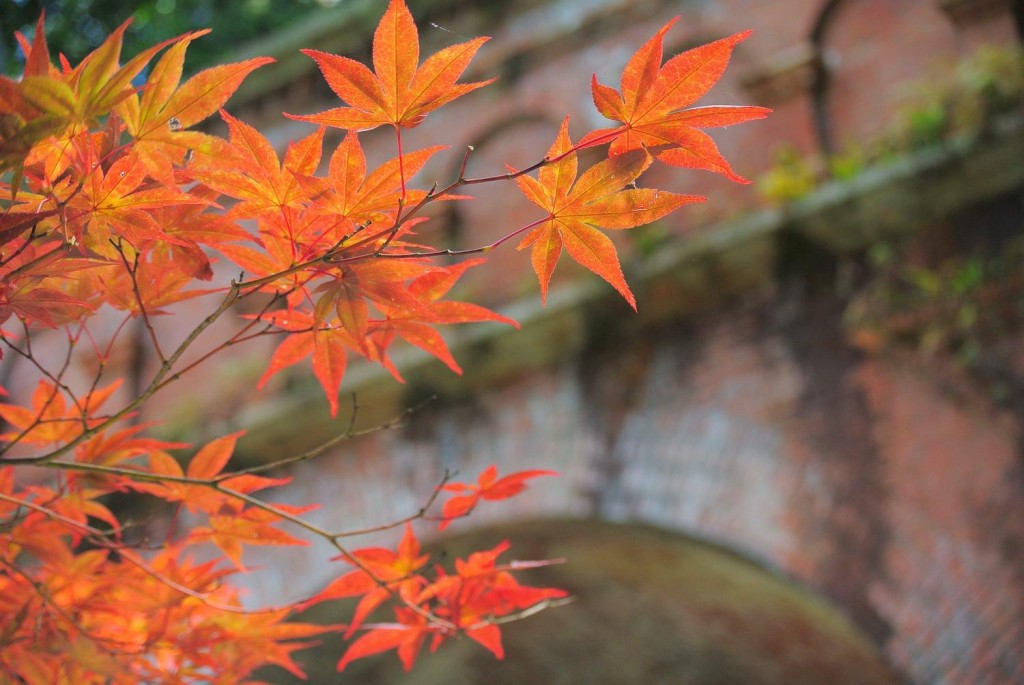
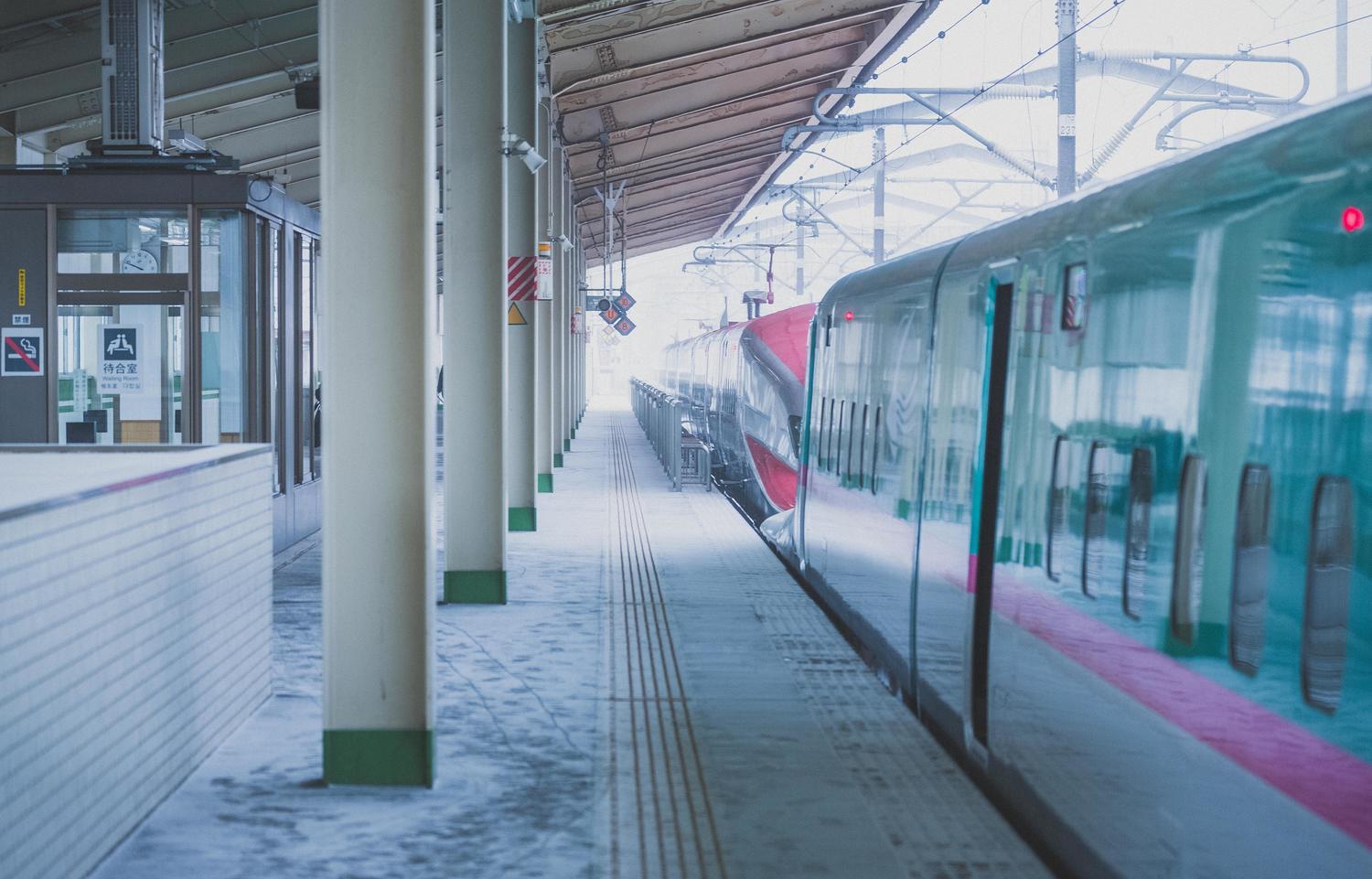
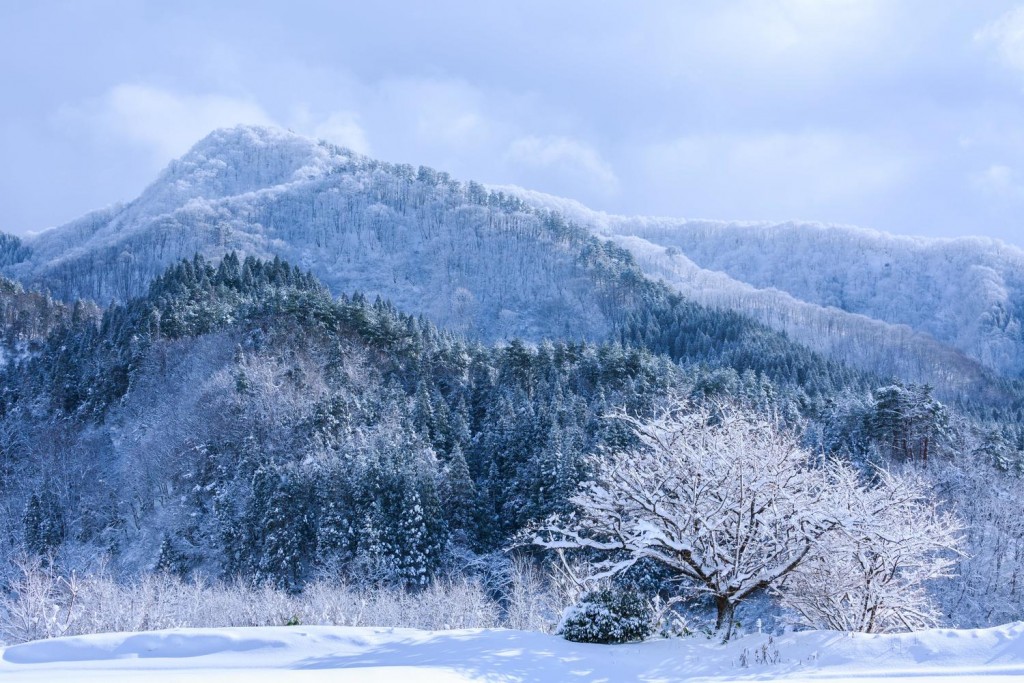
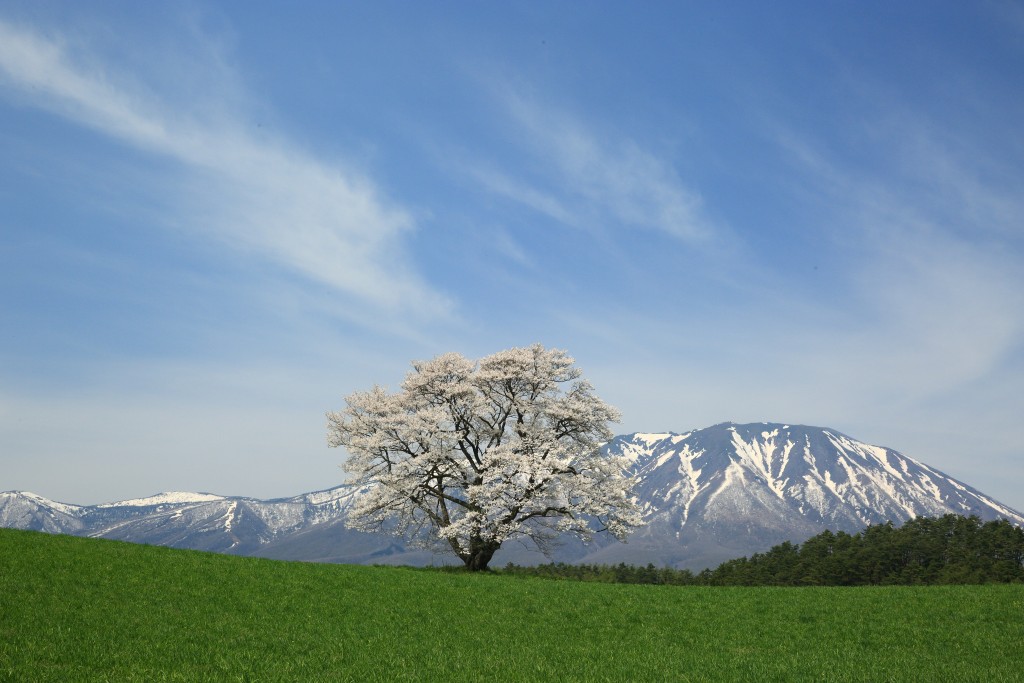
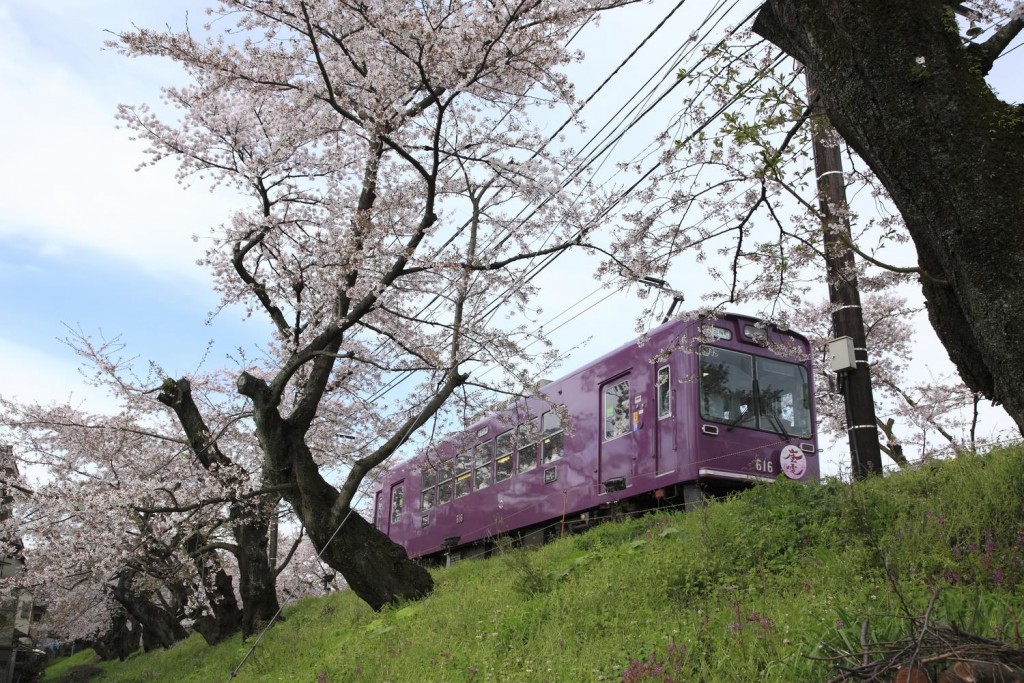

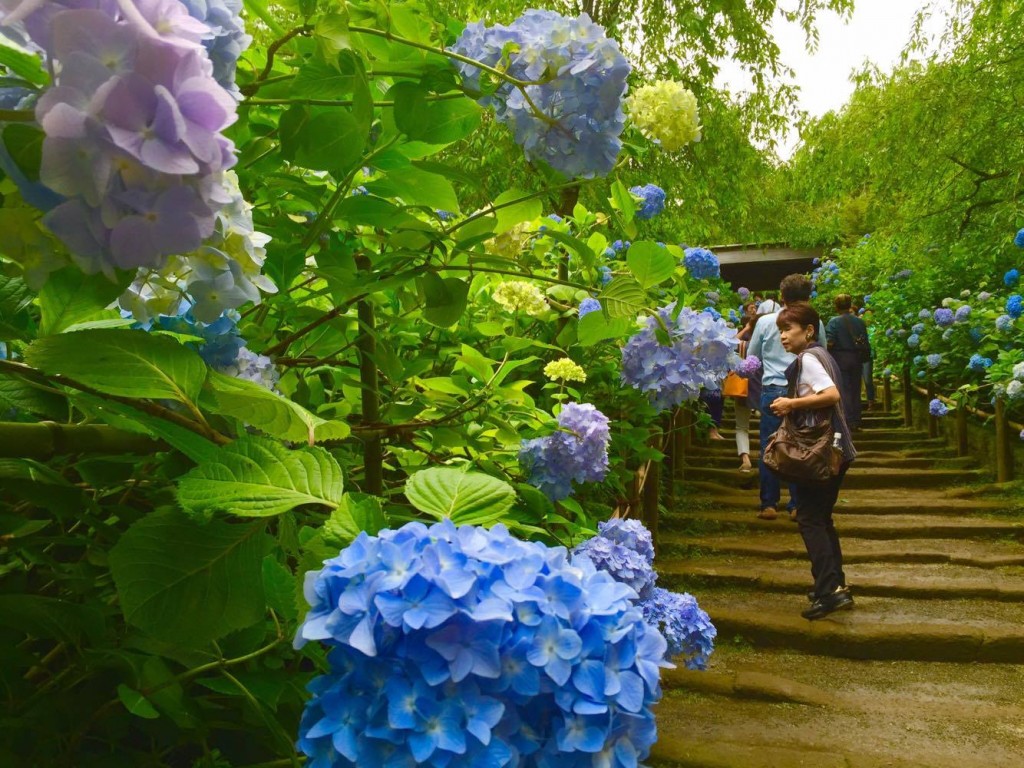
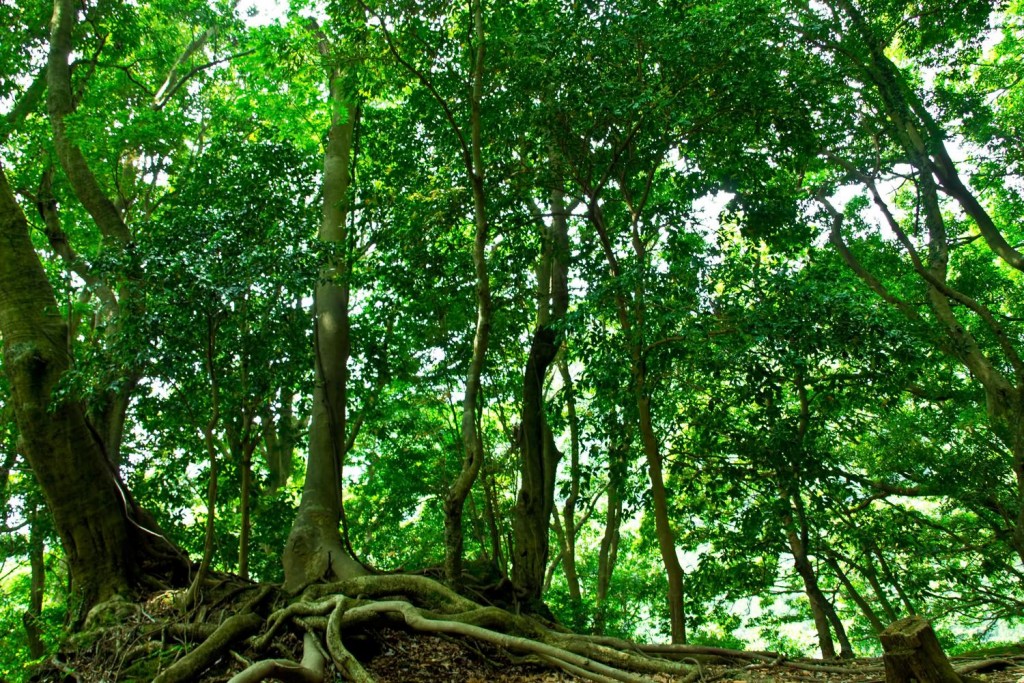

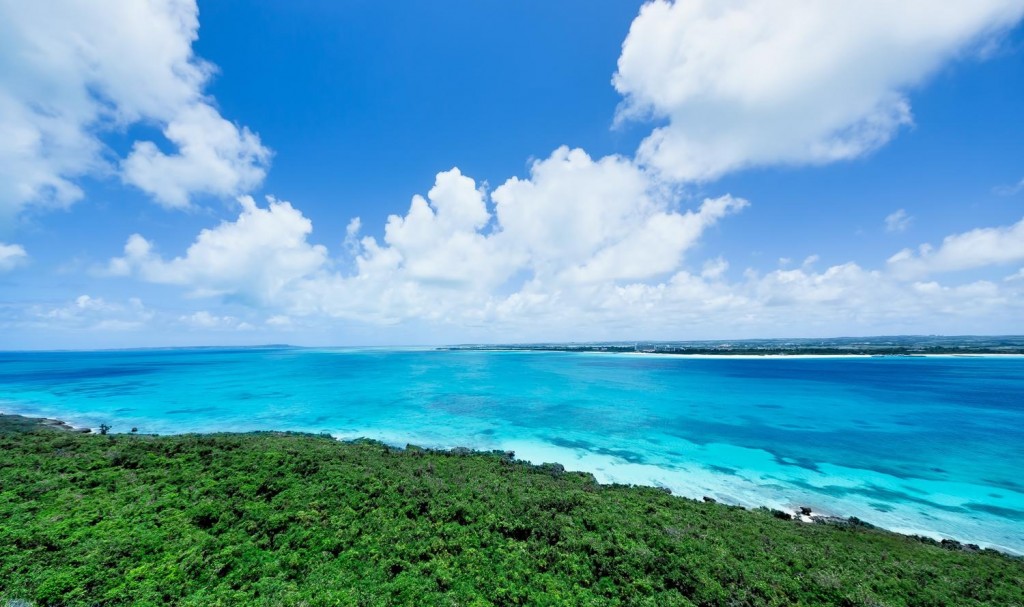




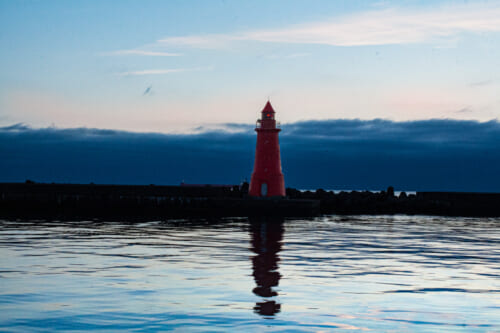

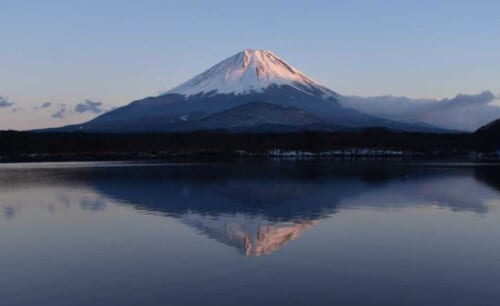
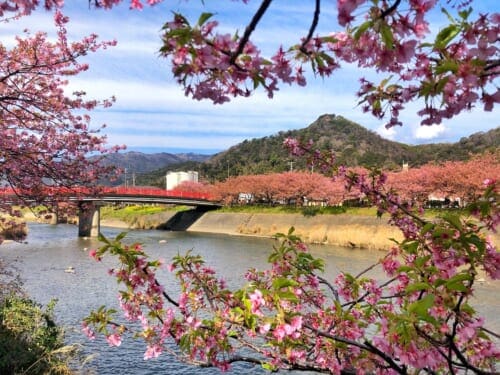
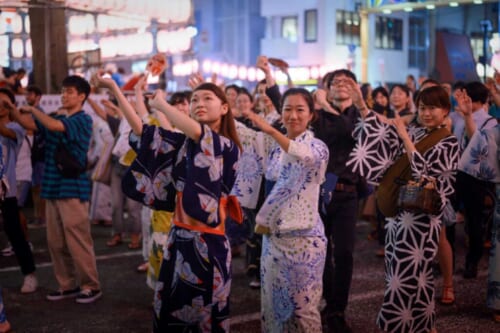
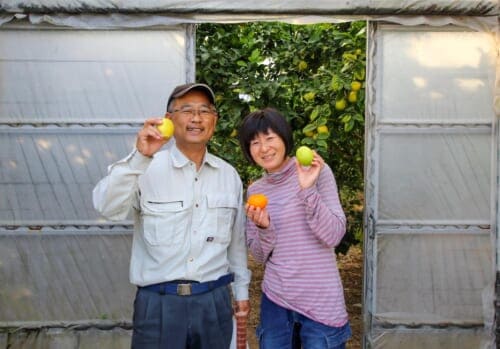

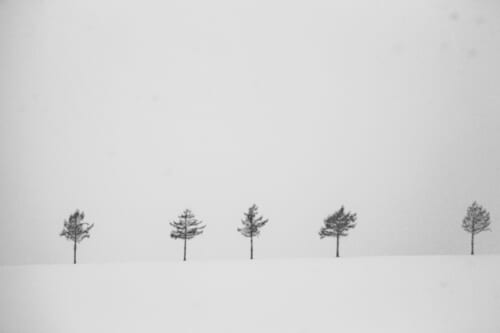
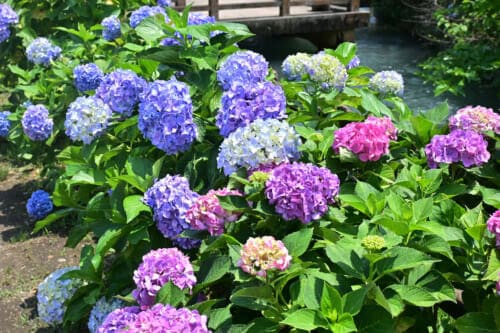



No Comments yet!